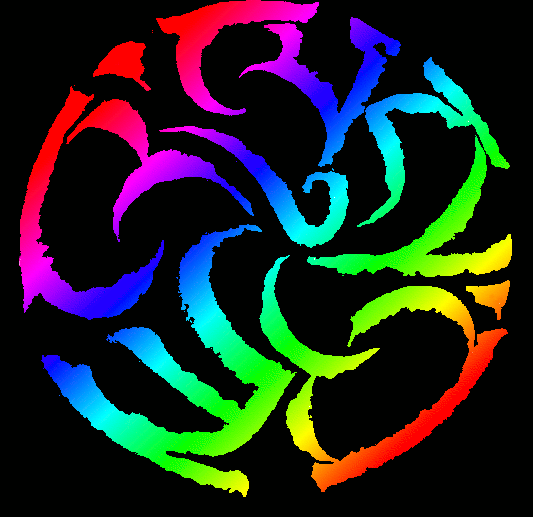
|

|
- Home
- View
- Programs
- Path
- People
- Teachings
- How to help
- Support Drala Jong
- Contact etc.
- Aro web
- Login

|

|
| Being gay, practicing Tantra |

Being gay, practicing TantraGay, lesbian, and bisexual people often have difficulty placing trust in a religious path after the negative experiences so many of us have had. Even in organisations which seem initially friendly, there is so often the ‘bottom line’: we are accepted so long as we don’t bring our partners along, or mention homosexuality, or as long as we don’t aspire to become teachers or leaders or fully-fledged members. However, in Vajrayana Buddhism there is—or should be—no obstacle or difference in treatment for sexual minorities, because in Vajrayana every aspect of our being is an aspect of our beginningless enlightenment. That includes our sexuality – especially our sexuality, because sexuality is such a powerful metaphor, particularly within Tantra. Sexual orientation makes no difference at all to the way gay people are viewed within the Aro gTér Tradition. Everyone is completely accepted as they are, and valued for the uniqueness of their personality. One of the contributions that we make as gay people is our gayness – our ability to see things a little differently. Sometimes experience can lead us to scan the horizon for the expected disappointment; the barrier to full acceptance. So we may come across elements within Vajrayana which make us feel ‘here it comes again’. For example, the yab-yum imagery and the khandro-pawo teachings are expressed within a heterosexual framework – and we may perceive them as excluding us. However, in Buddhist teachings generally, it is quite rare to find teachings on sexuality which are addressed even to heterosexual people in ordinary loving partnerships – rather than celibacy on the one hand or the highly involved practices of Karma Mudra on the other. Yab-yum imagery is not telling us that we should be making love with the opposite sex. It is about the union of emptiness and form – concepts which are often seen as opposites but which are in reality in ecstatic union with each other. Tantric imagery arises in the minds of Enlightened Masters; and such imagery cannot be extrapolated, inferred, or logically deduced from what went before. We cannot re-invent Vajrayana according to our personal neurotic need to have the world mirror our form. To attempt to create yab-yab or yum-yum imagery on this basis would be patent nonsense. It is to misunderstand the whole point of Tantra; which is that we allow ourselves to relate as emptiness to the form of Tantra. This does not mean Buddhist teachings on same-sex relationships cannot arise in the future. It is a quality of térma that teachings exist for all times and conditions but are hidden until needed. If same-gender Tantric imagery arose within the enlightened mind-stream of a tértön, it would still describe the union of emptiness and form – but in a way which the dualistic thought of an unenlightened mind could not conceive. The Khandro-Pawo Nyida Mélong Gyüd of the Aro gTér Lineage is a teaching in a heterosexual paradigm. This does not represent a deliberate snubbing of gay relationship – it simply addresses the enlightened potential of the heterosexual proclivity. There are many practises within Vajrayana which are specific in their applicability. At present, whilst there are no teachings specifically addressed to gay practitioners, there is still much which can be learned from what is available to us. Much of the Khandro-Pawo Nyida Mélong Gyüd addresses aspects of love, romance, and sexuality that are common to all relationships, regardless of orientation. |